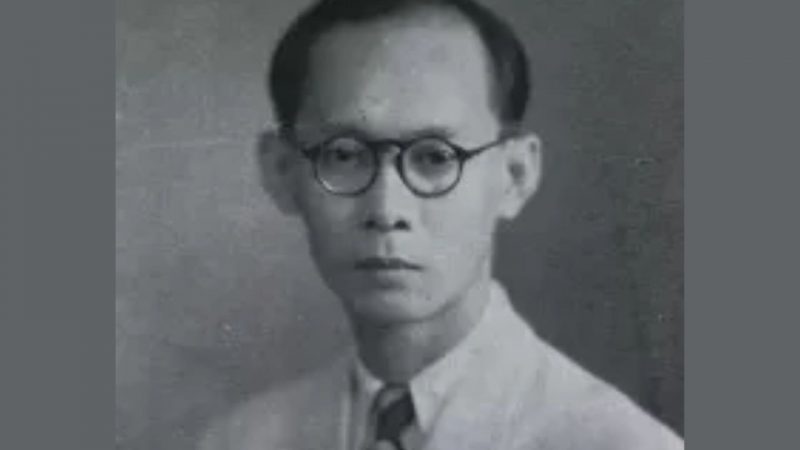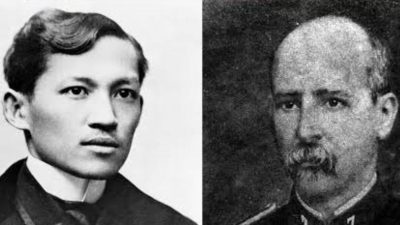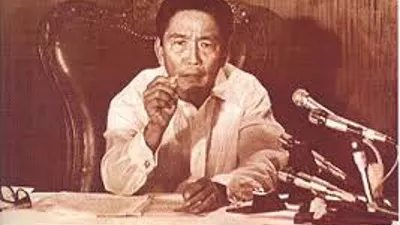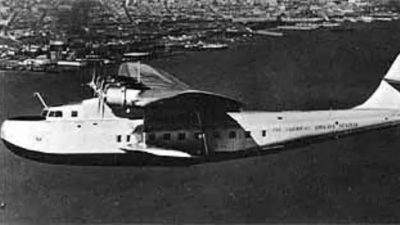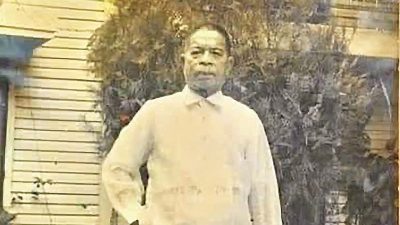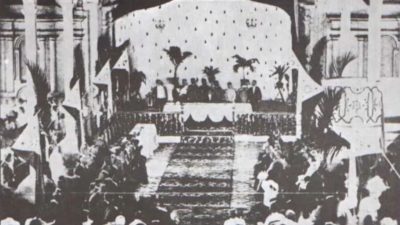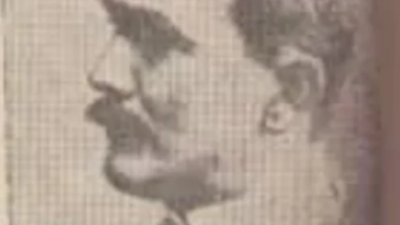IN Philippine history today (October 2, 1944), Julian Felipe, noted composer of the Philippine National Anthem, died in Manila.
Considered as a revolutionist who never carried a gun, Felipe composed “Lupang Hinirang” upon the special request of General Emilio Aguinaldo to make a composition that would inspire his compatriots to continue fighting against the Spaniards.
Born in San Roque, Cavite, on January 28, 1861, Felipe, who was musically-inclined from boyhood, studied music under local music teachers. He was the youngest of 12 children of poor parents.
Felipe joined the revolutionaries who fought against the Spaniards. He was arrested and jailed at Fort San Felipe in Cavite. After he was freed, he rejoined General Aguinaldo’s troops.
On June 12, 1898, as the Hong Kong-made Filipino flag was being hoisted outside the central window of the Aguinaldo ancestral home in Kawit, the music band of San Francisco de Malabon (now General Trias) played the stirring anthem. It was a soul-inspiring masterpiece without lyrics.
More than a year later, the anthem found the appropriate lyrics in a poem, “Filipinas”, written by Jose Palma, the poet-soldier of the revolution.
After the Philippine-American War (1899-1901), Felipe resumed his teaching and music composing.
At present, a bust of Felipe can be found near the San Sebastian College-Recoletos de Cavite in Cavite City.
Source: Philippine News Agency archives
(Filed by Jr Amigo/ai/mnm)

